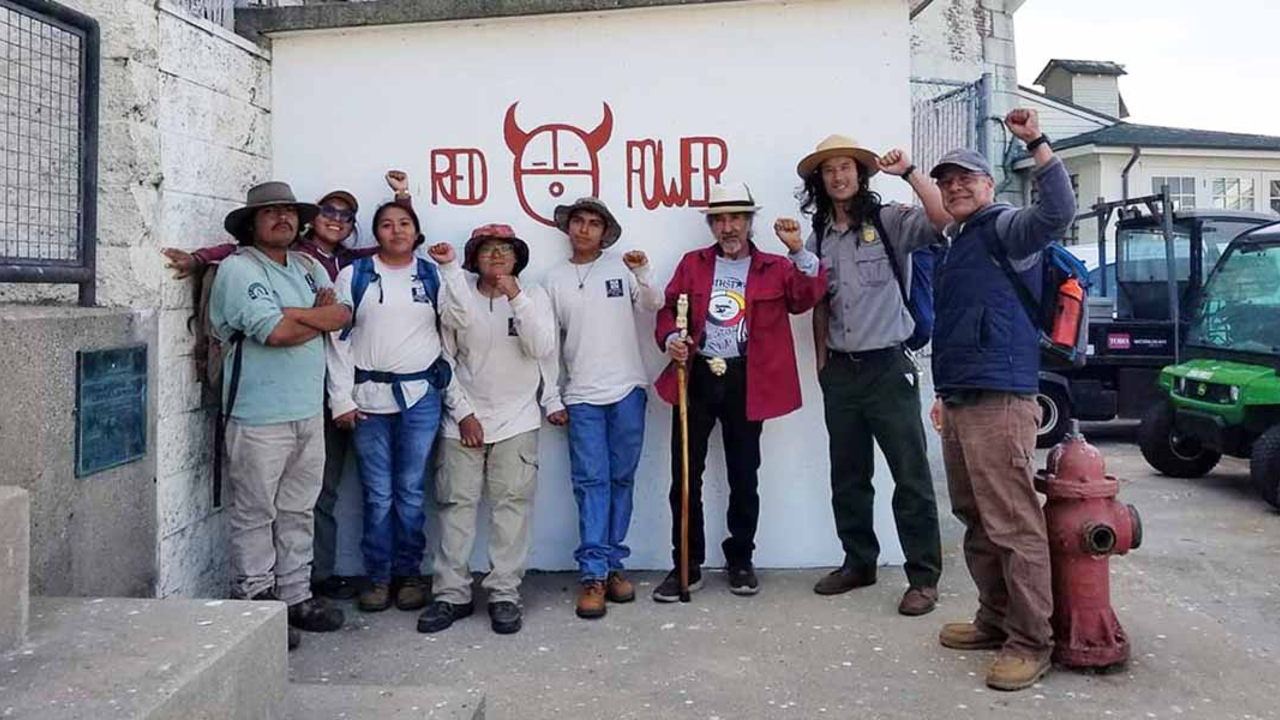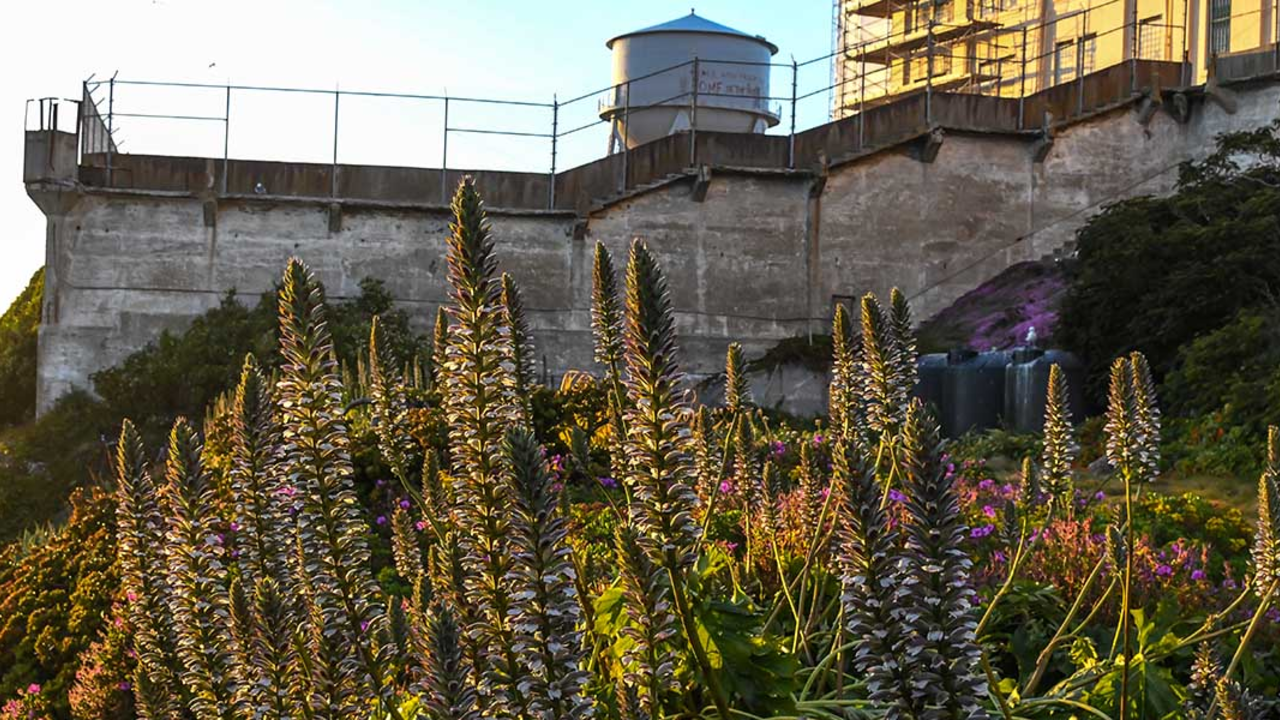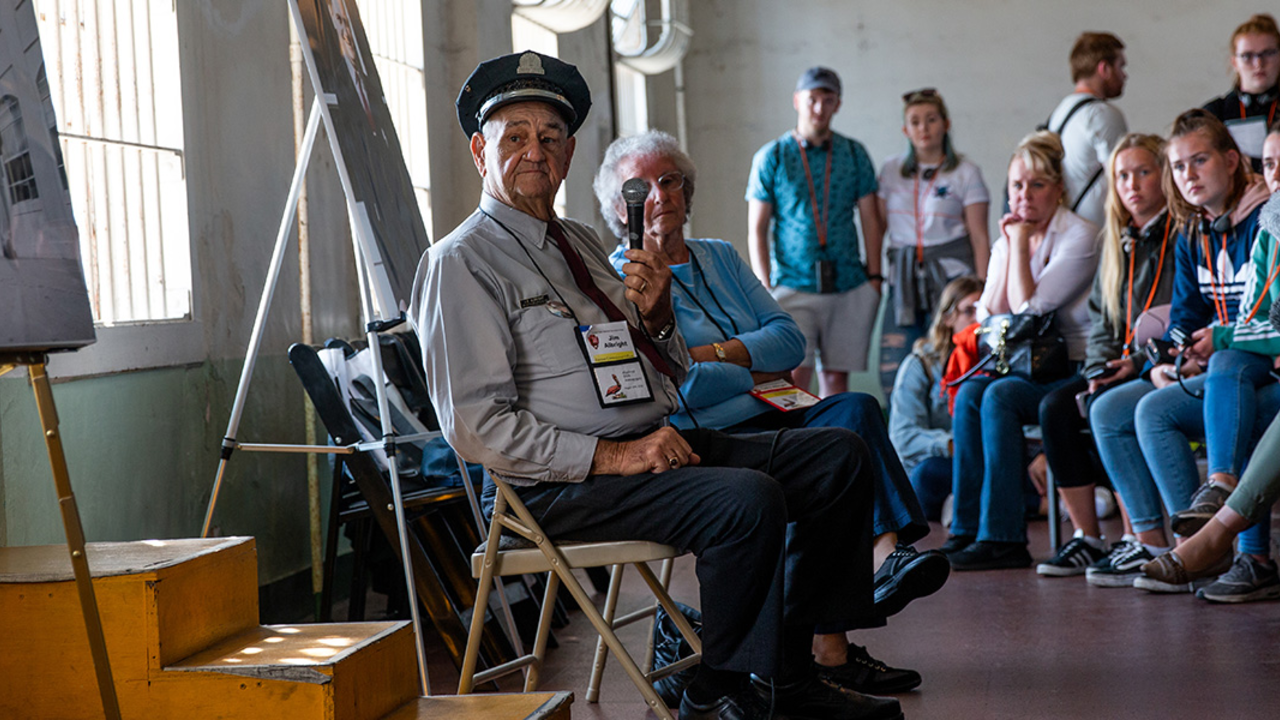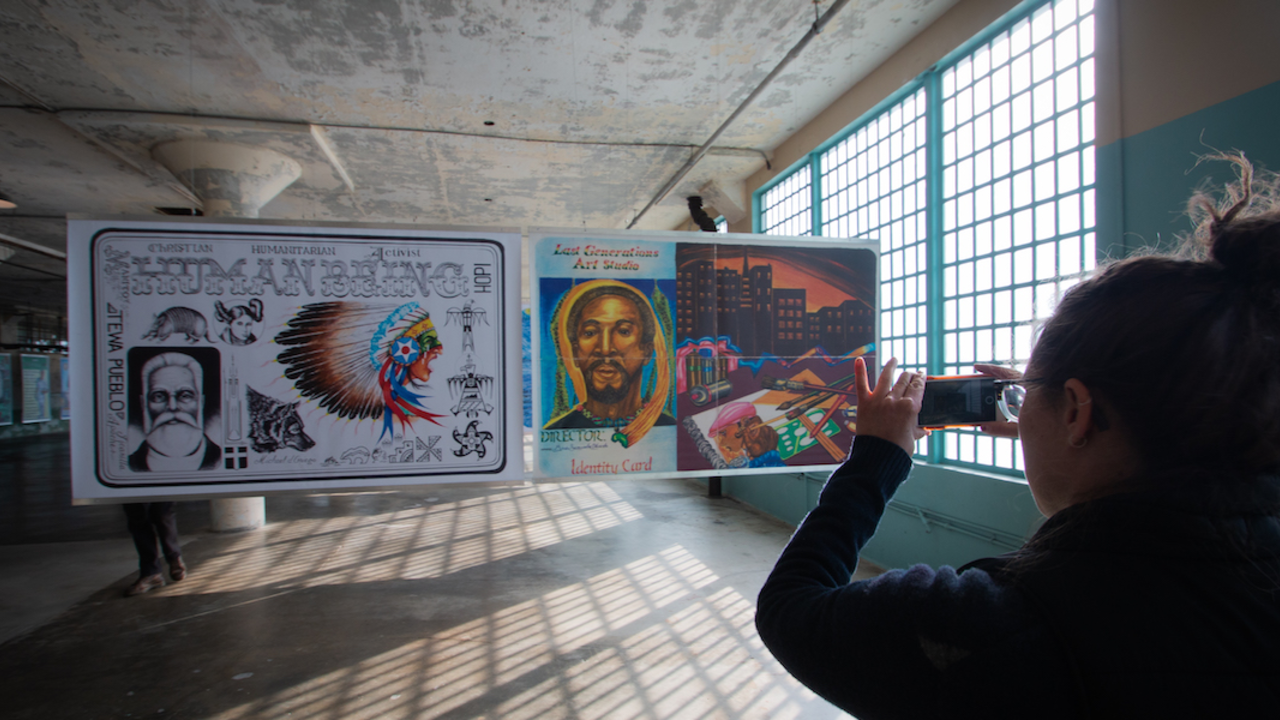Q&A: The 1969 Indian Occupation of Alcatraz, through the eyes of an occupier

Courtesy Eloy Martinez
On Nov. 20, 1969, a group of Native Americans set up camp on Alcatraz Island in nonviolent protest, claiming it as Indian Land under the Treaty of Fort Laramie (1868). They stayed on the island until federal marshals removed them on June 11, 1971. Eloy Martinez was one of them.
This November, the National Park Service will honor the 50th anniversary of the occupation with a series of special events on the island, and the launch of a 19-month exhibition entitled Red Power on Alcatraz: Perspectives 50 Years Later. Check back to the Parks Conservancy's occupation anniversary site, along with the NPS and Alcatraz Cruises sites, for more details on events on Alcatraz and around the city to mark the anniversary.
What inspired you to join the occupation?
I’m Chicano and Southern Ute Nation, from the four-corners area of Colorado. I didn’t like what was happening on reservations down there: poor conditions, discrimination, police brutality. I broke the cycle by coming to California, where I enrolled in a leadership training program and started getting involved with native communities. That’s how I met Richard Oakes, who recruited me to come out to Alcatraz. At the time, there was lots of organizing going on with different groups inspired by the civil rights movement.
We were fighting the cycle of Indian incarceration and oppression, and hoping to make education more available to native people. We wanted to build a native community center on Alcatraz, where it would be a visible feature in the Bay Area.
What was it like living on the island?
A high point was the first Thanksgiving, when about 500 people showed up. People came from everywhere: college kids, women, families. I remember gathering for dancing and potlatches (like a potluck) where we shared and gave gifts, asking for nothing in return. Watching people get their dignity back, hold their heads up and be proud of who they are—that was an awakening for me.
That’s how it felt to be banded together as Indians of All Tribes (IOAT). That name was chosen by students and people on the island to signify that we were all in it together. And importantly, we were nonviolent, and completely separate from the American Indian Movement (AIM).
What is the impact that the occupation has had?
Alcatraz Island would not be what it is today. They were going to develop it into a casino, and now it’s a national landmark.
The occupation got the world's attention. It directly affected federal laws, and set a precedent for indian activism. If you look at where the occupiers are now, a lot of them have gone far: some got Ph.Ds or took leadership roles improving communities, and continue to tell their stories.
I got myself a contractor’s license and worked my way up through the building trades, creating a job for myself and lifting up others in the process. Over the past 20 years, I’ve gotten involved on Alactraz again, talking to people about the Indians of All Tribes and telling my story. I got people to quit calling the native signs on the island graffiti, so that’s something I can be proud of.
How is the spirit of this movement still alive today?
In some ways, the initial idea to have a community center has come true so many years later. We don't have a deed or "ownership," but we don't believe you can own land. We have access to the island for sharing stories, building community, and learning about the past. Twice a year we gather on the island for sunrise ceremonies on Thanksgiving and Indigenous People’s Day, and every year it gets bigger and bigger. There’s a nursery where volunteers can help pull weeds and grow trees. Young native kids are here learning the history and how to canoe. The culture and history are still alive on the island.
How can the parks steward this legacy?
Not many people know much about Acatraz, the history and the story of it. The parks keep trying to ask those hard questions. Raising awareness about what happened can remind people that many of the issues we were fighting back in the 60s are still a problem today. During the occupation, we were taking a stand against cruelty, and a system rigged against brown people. There’s still a lot of work to be done there.



